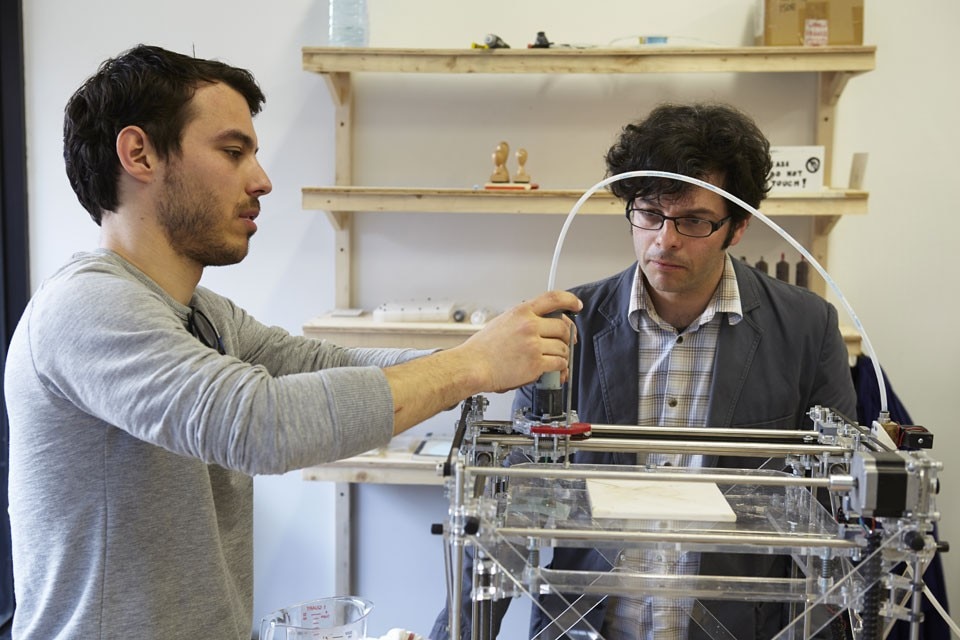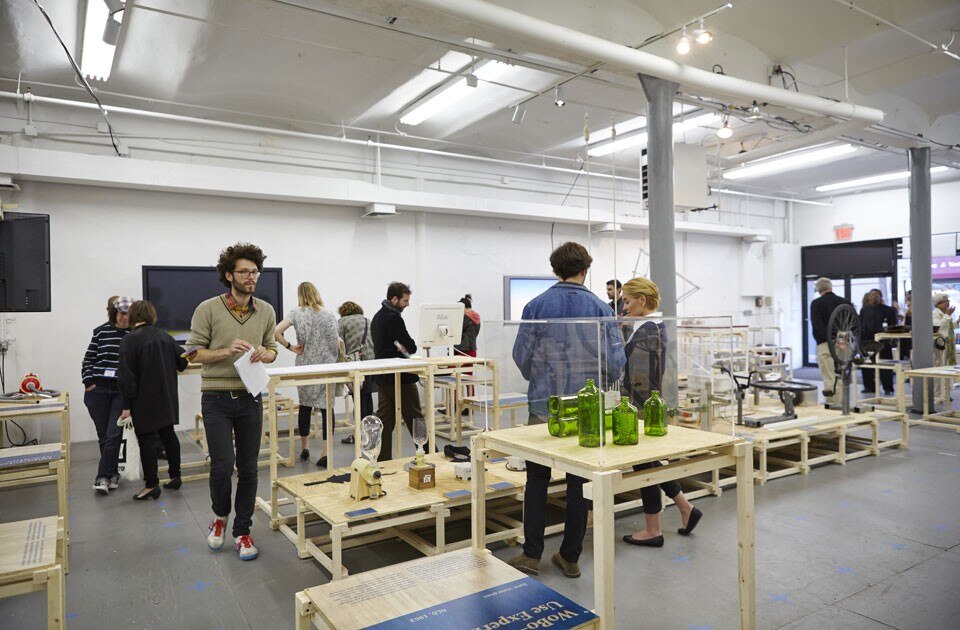
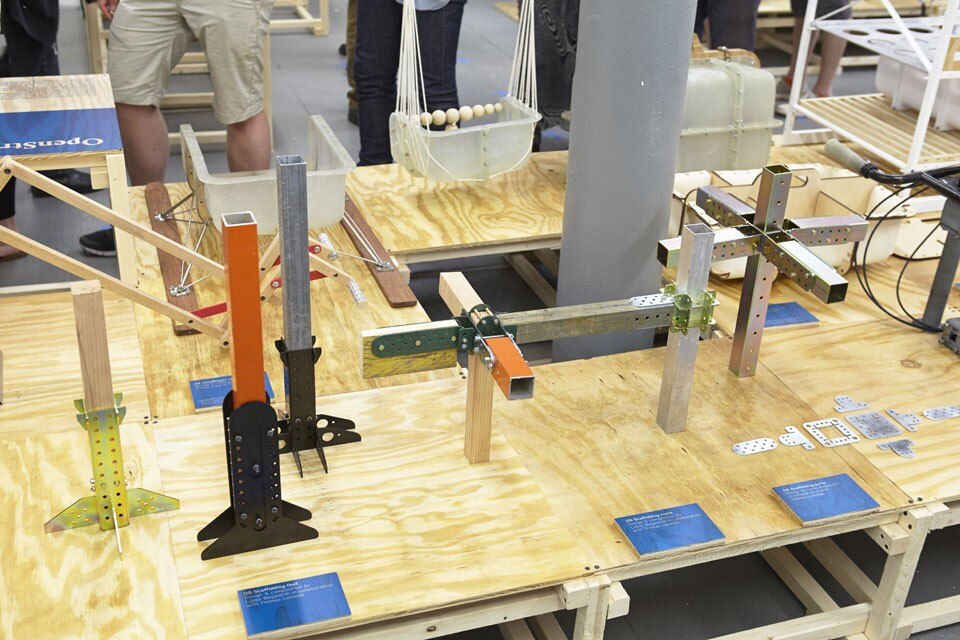
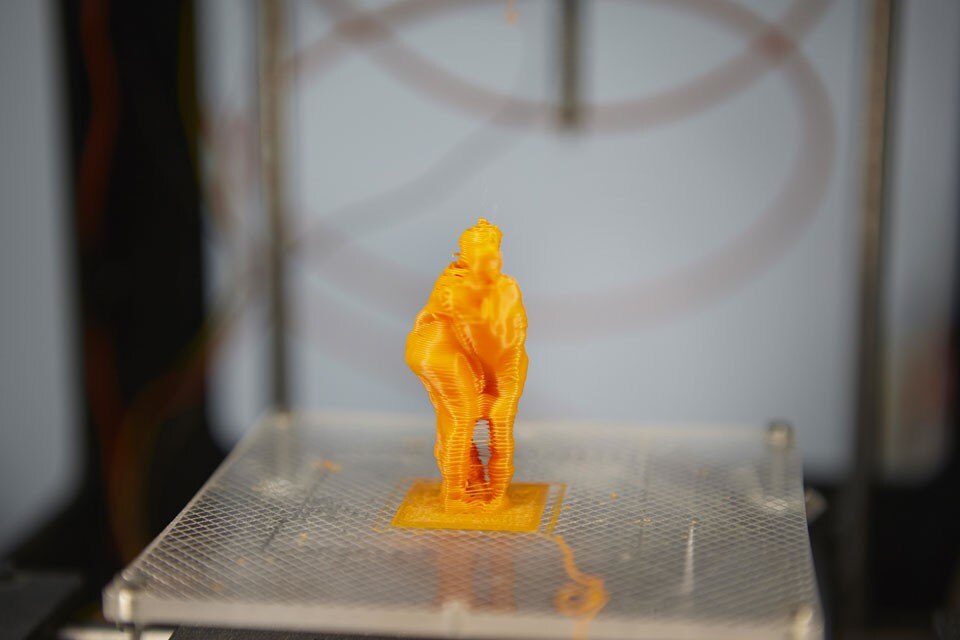
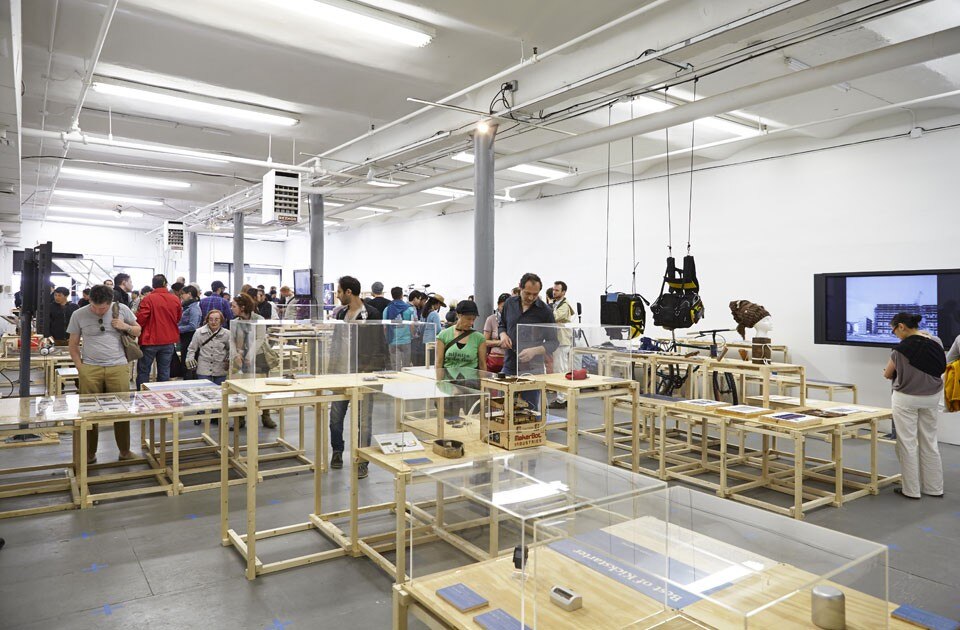
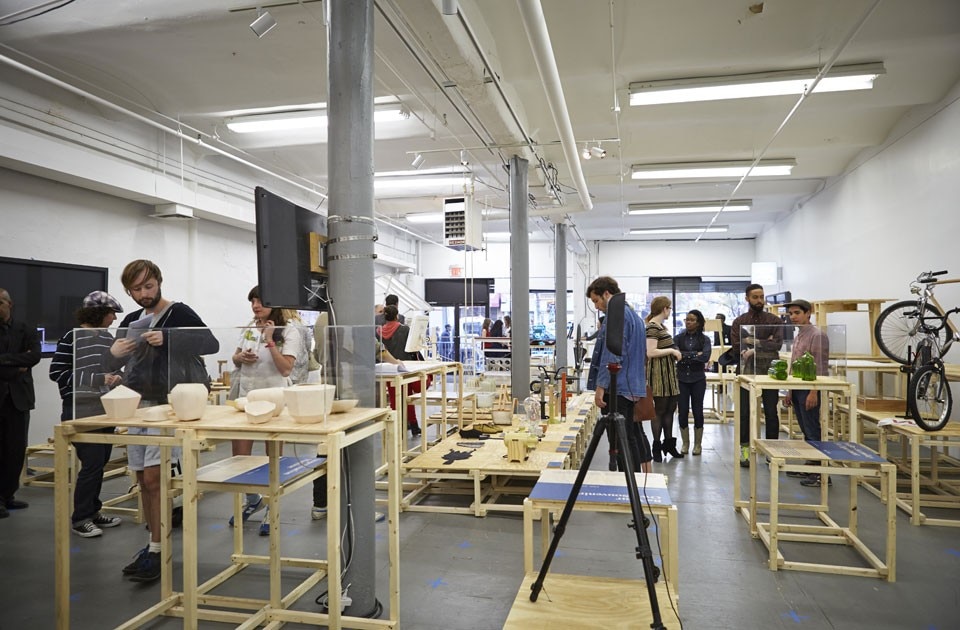
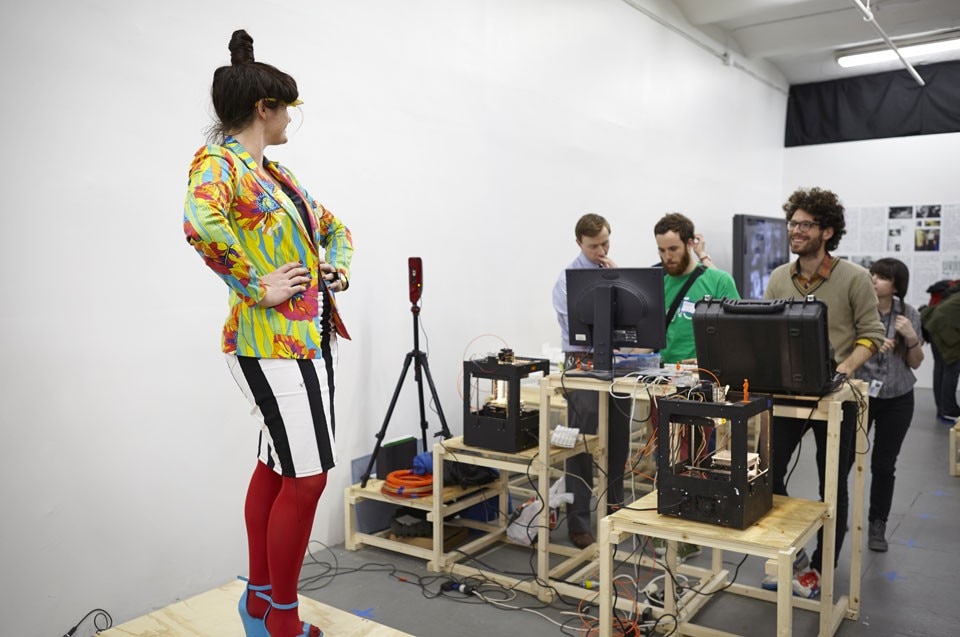
This sort of ambiguity is one of the show’s strengths (although some might find it a weakness): by offering a “snapshot of a broad cultural condition,” "Adhocracy" ends up being a internally contradictory collection of signals that point toward the range of new social, political, economic, and artistic possibilities generated by new modes of production, rather than a set of examples assembled so as to illustrate a tightly argued thesis. The result, appropriately enough, is that the exhibition is itself an excellent platform from which visitors can speculate on and prototype future scenarios — and, no doubt, a terrible disappointment to anyone hoping to be told precisely what this third industrial revolution means. Nicola Twilley (@nicolatwilley)
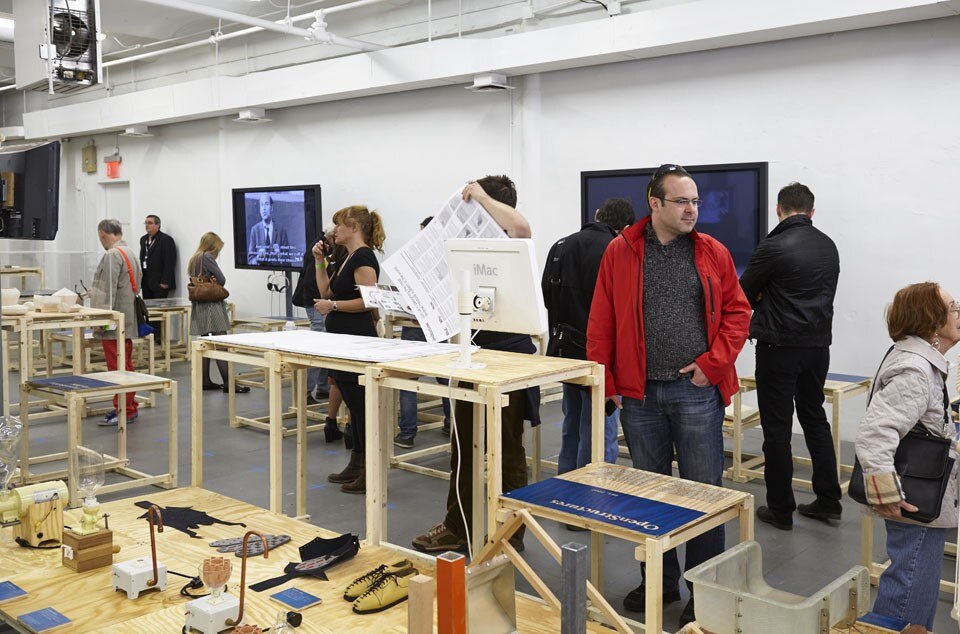
Adhocracy
New Museum, Studio 231
231 Bowery, New York


